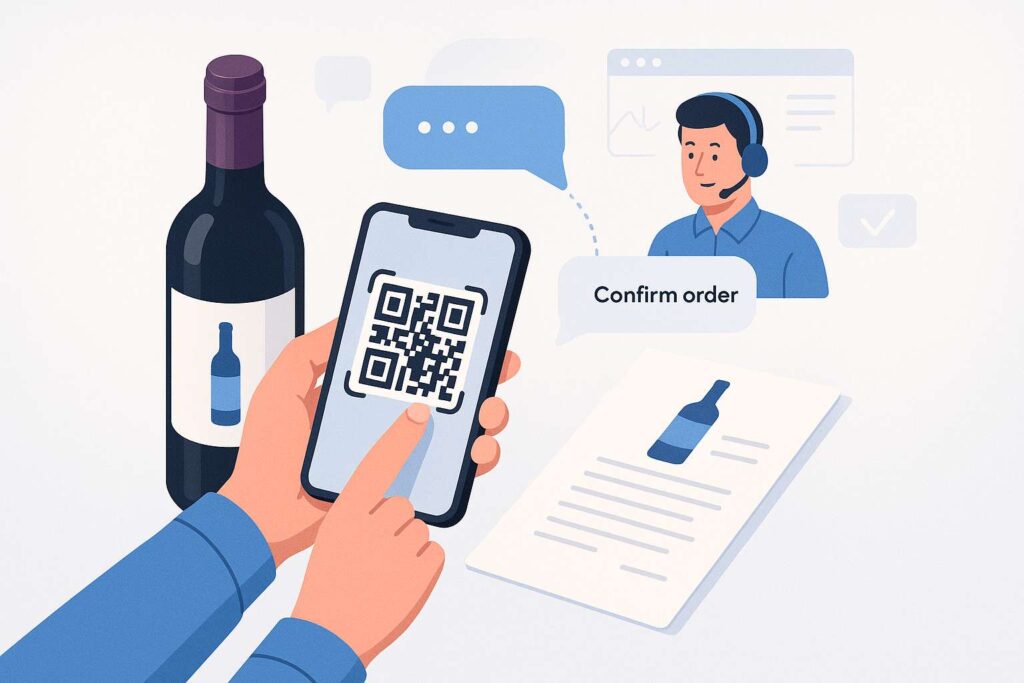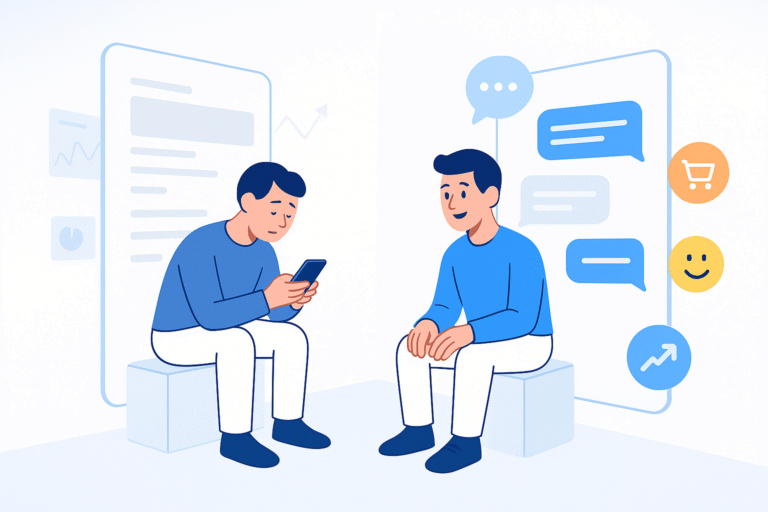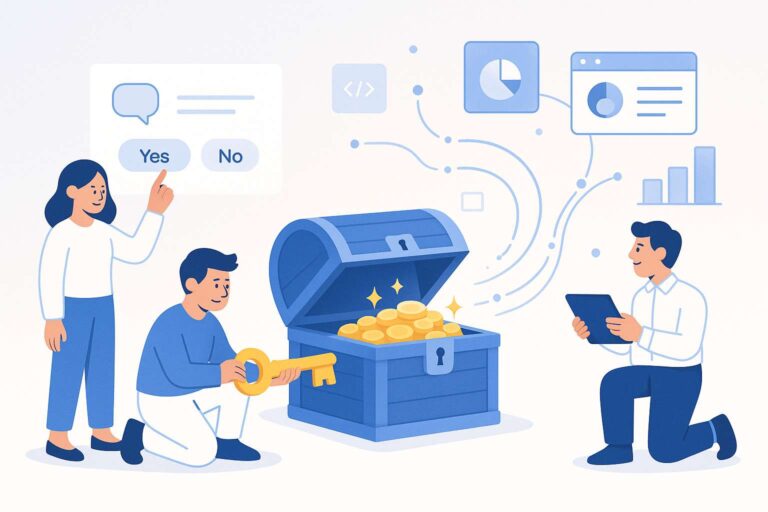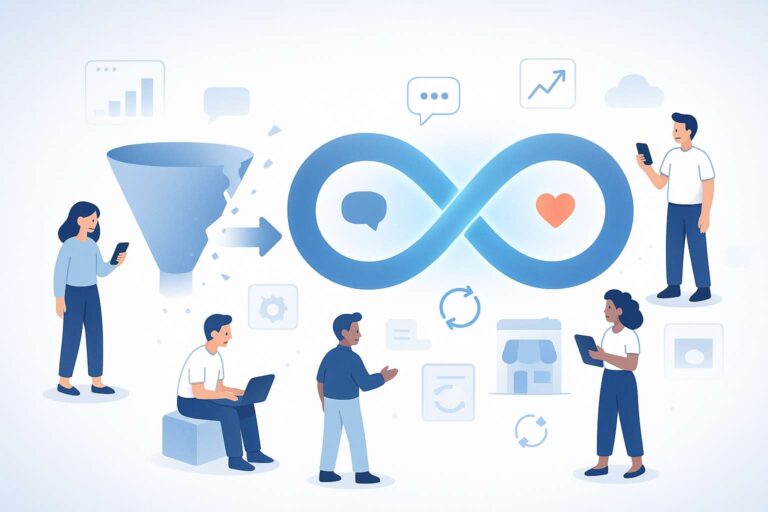In this article, we want to share a real-world chat dialog use case in the F&B industry, where the business that adopted chat dialogs, managed to get an additional 25% in sales from returning customers.
The Swiss wine market is weakening: never before has so little wine been drunk in Switzerland and never before have there been so many suppliers. This trend goes hand in hand with a fierce fight for supremacy. This is being fought primarily on the Internet, because no other branch of the food trade is as highly digitalised today as the wine trade.
This development is also being felt by the traditional company Schuler St. Jakobskellerei (Schuler). The company, which specializes in wine trading, is one of the largest retailers in Switzerland with around 125 employees.
Innovative solutions are needed to successfully hold their own in this cut-throat market.
Schuler, too, is saying this to itself and is now breaking new ground in its mail-order business: Schuler – a long-standing professional in direct marketing – is focusing on more digitalization, more individualization and more convenience for the customer.
Filling up order forms is out-dated
The company continues to adhere to printed wine information that is delivered to Schuler customers‘ mailboxes. What is changing is the ordering process: in the past, customers had to fill out the order form by hand and send it to the post office or log on to the Internet to call up the corresponding offer online.

Personalized marketing for maximum impact
The basis for this ordering process is formed by personalized URLs, which are automatically converted into QR codes in digital printing and printed together with the address on the wine information.
This means that a different URL is assigned to each customer and that the customer’s name and address are already stored in this URL.
The customer is now automatically greeted by a virtual sales consultant with their name when they call up the chat dialog. The virtual consultant will also guide them through the rest of the chat dialog.
If the customer would like to benefit from the corresponding wine offer, they can select the desired number of bottles by clicking, at which point the virtual sales consultant informs the customer of the total price. Next, the chat dialog displays the customer’s address stored in the URL, eliminating the need for tedious typing of the address.
Chat dialogs use case: Every 4th customer took up the offer!
This was Schuler’s first attempt to place orders via chat dialog. You might expect the customer needs to get used to this new way of ordering, just as they have had to get used to scanning technology as well. Yet, due to the rapidly advancing digitalization in all areas of life, this type of sales process will become a matter of course in the foreseeable future.

‘In the future, we will use chat dialogs for customer communication in various scenarios. Because we have achieved an unexpected result. Not only the high response rate to the QR code but also 25% of customers have benefited from an upselling offer at the same time. This is probably due to the fact that the dialogs look like a natural communication on the mobile phone and the user journey is right.’
No wonder, because the dialogs have had an unexpected result. 25% of customers have benefited from the upselling offer. Samuel Schuler suspects that it is because the dialogs work like a 1:1 communication on the mobile phone and the user journey is flawless.
Click here for the Schuler demo chat dialog. The data you enter in the demo chat will not be forwarded to the Schuler company.
